The Great Exchange: When Photography and Painting Became Partners, Not Rivals
The arrival of photography in the mid-19th century sparked a tense rivalry with painting. Discover how this conflict led to the Pictorialists' 'great disguise' and, ultimately, liberated painting to launch the era of Modern Art.
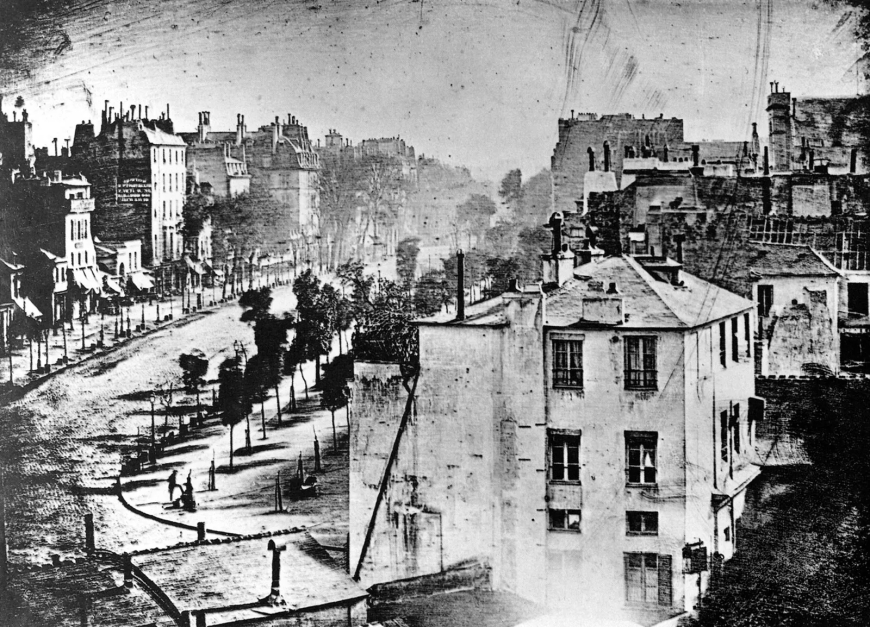
Can you imagine the uproar when the first real world-changing technology wasn't a phone or a computer, but this simple box that could instantly freeze reality? When photography showed up in the mid-19th century, it wasn't just a new way to document things; it set off this massive, heated fight that completely and forever changed the world of art.
The dynamic between painting and photography didn't start off friendly. It was a tense, dramatic rivalry. One medium was desperately trying to be the other, and in a fascinating twist, the original medium—painting—was suddenly set free to create things it never could before.
The Camera Tries to Wear the Canvas—The Age of Pictorialism
For centuries, the absolute peak of visual expression was painting. It was a singular, handmade object that demanded genius, raw skill, and the human touch. When the camera arrived, critics absolutely scoffed at it, calling it a soulless machine—just a tool for recording data, like a receipt.
Early photographers desperately wanted the credibility of "fine art." Their answer was an ingenious, identity-bending movement called Pictorialism.
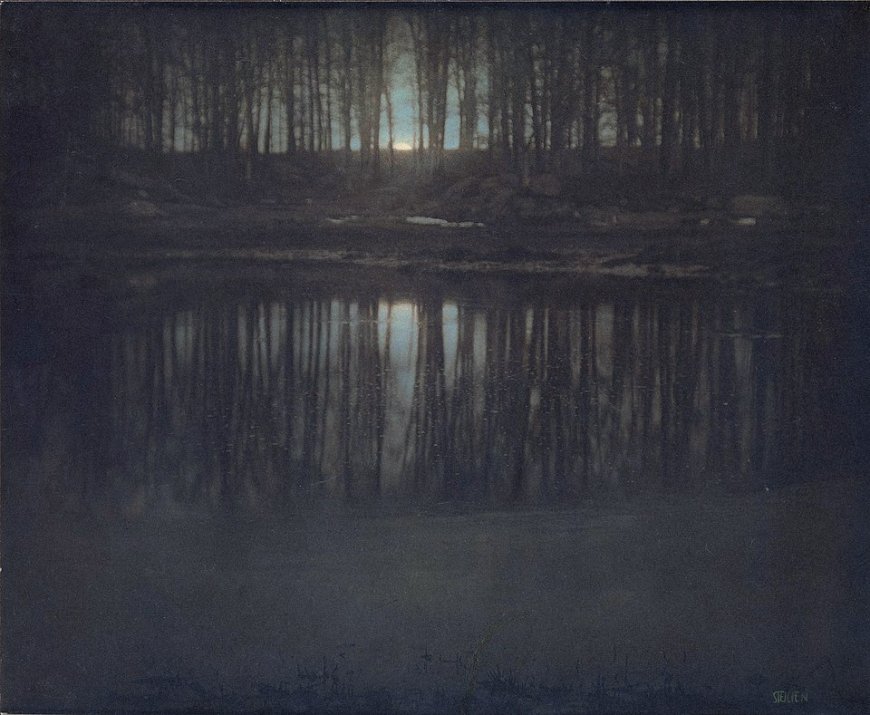
The Great Disguise
Pictorialists weren't interested in clinical, sharp-edged photos. Their goal was for their prints to capture the mood, feeling, and deep texture you’d expect from an oil painting or a charcoal sketch. It was, quite literally, the camera trying to imitate the painter's style.
They achieved this through some fascinating tricks:
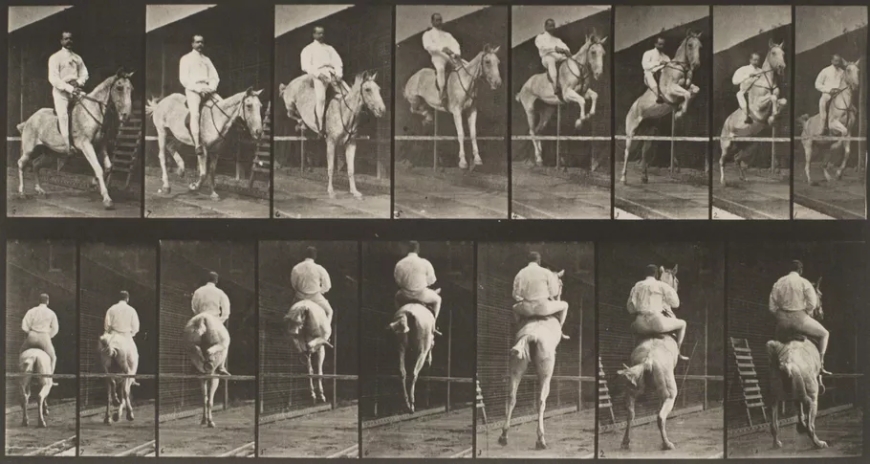
- Soft Focus and Diffusion: They tossed out sharp focus entirely. Instead, they'd use special lenses, or even casually smear a tiny bit of Vaseline on a standard lens, to create that classic, dreamy, romantic soft focus that looked exactly like a gently blurred painted background.
- The Artist's Touch: To dispel the idea that the process was purely automatic, they embraced incredibly labor-intensive darkroom techniques. Processes like Gum Bichromate or Platinum Printing actually let them manipulate the print's surface with brushes, resulting in those painterly textures and unique qualities for every single print.
- Borrowing Themes: They often focused on the same kind of subject matter found in formal academic painting: those misty landscapes, idealized portraits, and figures set up in very theatrical, almost allegorical poses.
Key figures like Alfred Stieglitz (in his early period), Edward Steichen, and Gertrude Käsebier never gave up. They organized shows and published magazines until Pictorialist works were hanging proudly in major galleries, finally proving that the photographer’s vision—and not the cold mechanics of the device—was the essential artistic element.
Painting Gets an Upgrade—The Influence on Impressionism
While the Pictorialists were busy mimicking paintings, painting itself was going through a total, quiet revolution thanks to photography. The camera's existence essentially lifted the 500-year pressure from painting to be perfectly realistic.
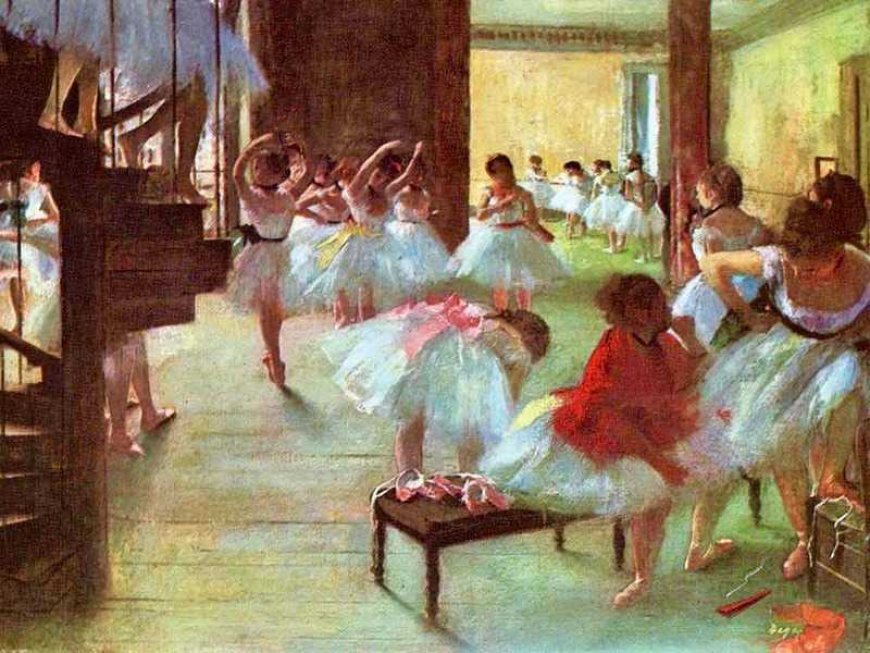
The camera could capture a person’s face or a building’s precise shape instantly, cheaper, and more accurately than any human hand. So, what was left for the painter? The simple answer: everything else.
The Snapshot Aesthetic and the Crop
The most immediate impact hit the Impressionists hardest. They were captivated by two accidental features of the camera:

- Instantaneity: As cameras got faster, they could suddenly capture a brief, fleeting moment—a quick gust of wind, a dancer spinning, someone caught off-guard. Impressionists like Monet then shifted their focus to the fleeting light and atmosphere (the impression of a moment), instead of focusing on permanent, meticulous detail.
- The Accidental Frame: Because of the camera's fixed viewfinder, early photos often ended up with strangely cropped compositions—maybe a person’s head was half cut off, or the main subject was pushed all the way to one side. Artists like Edgar Degas adopted this incredibly bold, asymmetrical framing, which gave his paintings of bathers and dancers a wonderful sense of spontaneity and intimacy, almost like you were just catching a quick, unposed peek.
Ultimately, the camera gave painting permission to abandon strict realism altogether. Why slave over the details of a running horse’s leg when a photograph could capture its movement exactly? Painting was finally free to explore the internal experience: raw emotion, vibrant color, pure abstraction, and the artist's personal, subjective view of the world.
A Dynamic Dialogue
The overlap between photography and painting is not just a piece of history; it’s a living, breathing dialogue that keeps going even now.
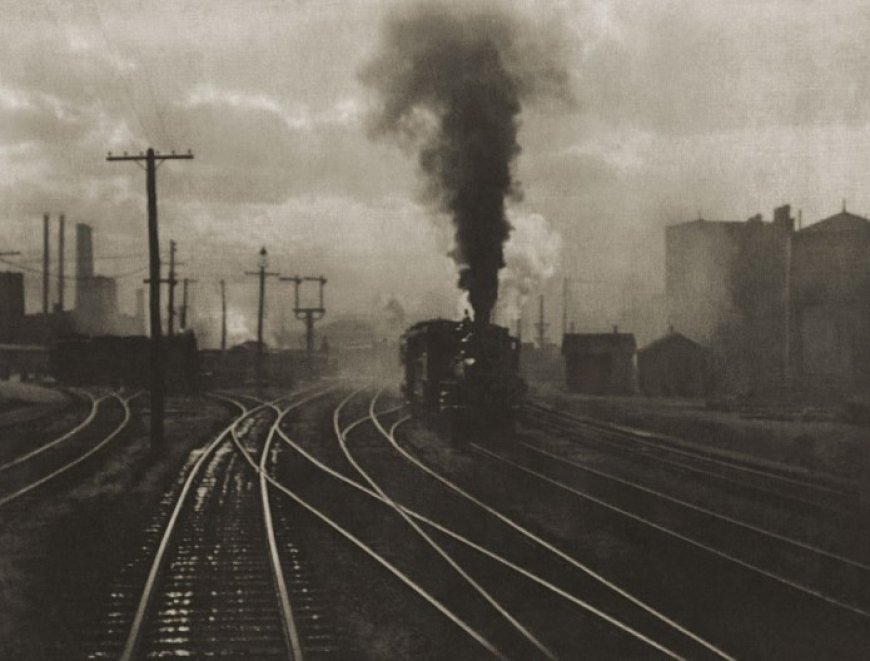
Photography started by offering the greatest form of flattery—imitation—to gain respect. But in doing so, it gifted painting a far greater prize: the liberty to invent Modern Art. Today, artists fluidly move between these two methods, recognizing that they aren't competitors fighting over reality, but absolutely essential partners in defining what visual truth and artistic expression actually mean.
What's Your Reaction?
 Like
0
Like
0
 Dislike
0
Dislike
0
 Love
0
Love
0
 Funny
0
Funny
0
 Angry
0
Angry
0
 Sad
0
Sad
0
 Wow
0
Wow
0























































































































































































